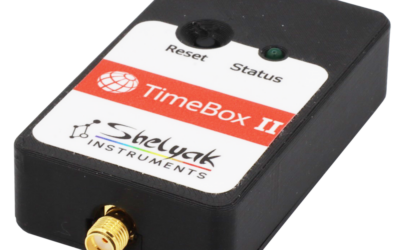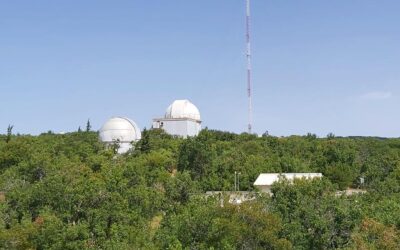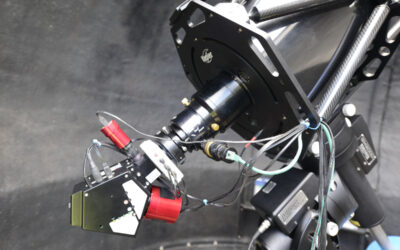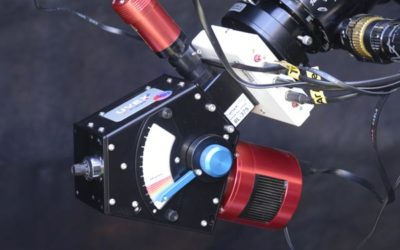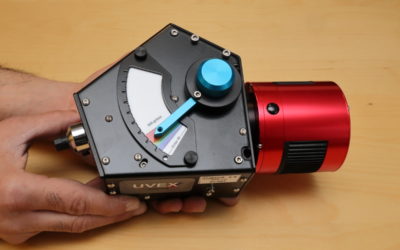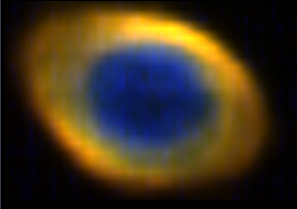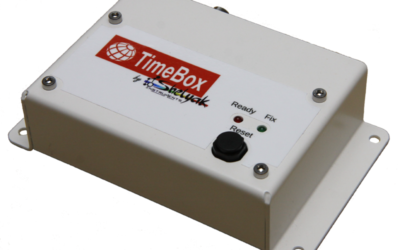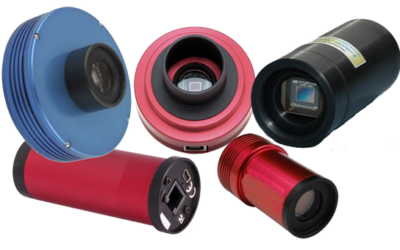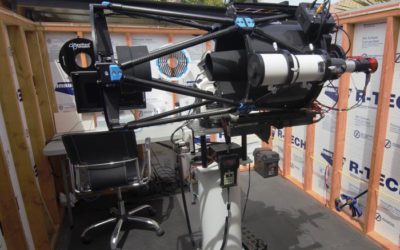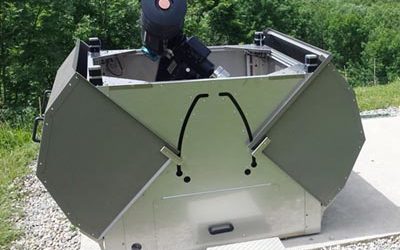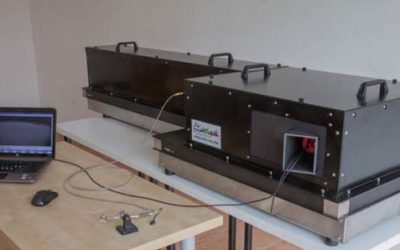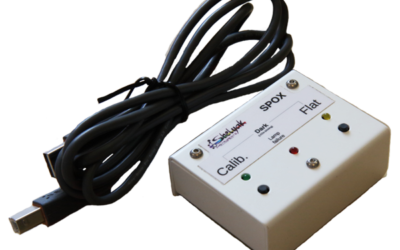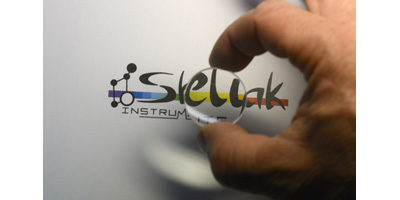TimeBox II is a simplified- and equally accurate - version of the original TimeBox, which has been in the Shelyak catalogue for several years. It is considerably cheaper, and this is something that is likely to radically transform observations of stellar occultations....
Technics
My experience of the 2023 spectro course
At the end of this article, you will find the different presentations made by the course leaders!August 8th arrival at OHP Great day to plant setups at the Haute Provence Observatory. Amidst rosemary, myriads of little white snails and other small creatures, I arrived...
Remote Spectroscopy – the UVEX Motor Unit
When looking to upgrade from my LISA in 2020, the UVEX had much to recommend it. Its ability to access a broad spectral range was important as was the flexibility to both adjust the grating angle and to swap over gratings to shift between low and mid resolution....
2SPOT: a spectro setup in Chile
2SPOT: a spectro setup in ChileBy Olivier Garde, Pascal Le Dû, Lionel Mulato, Thomas Petit, Stéphane Charbonnel© Deep Sky Chile spotSince the 2000s, many amateurs have been installing remotely controllable telescopes on sites in Chile in order to compensate for the...
UVEX : Extreme spectra
UVEX is a multi purpose spectrograph allowing spectra to be performed in the near IR and near UV domains but also on weak targets.
UVEX, to write a new page in astronomy
UVEX, to write a new page in astronomy by François CochardWe are happy to announce the arrival of a new instrument in the Shelyak range. This event is important for several reasons. It's a sign of the dynamism of the astronomical community, which always pushes the...
Creating an image via spectral scans
Take narrow band images from a single spectral scan with an Alpy 600.
TimeBox : to accurately measure an occultation
Timing of astronomical occultations and other astronomical phenomena need to be done in an absolute time scale with a precision of a few milliseconds in order to pull and compare recordings done by different observers around the world.
How to choose your autoguiding camera in 2020 ?
In astronomical spectroscopy, guiding camera is an important element, since it’s what makes it possible to point the right target (star, nebula, etc.), then to ensure precise guiding to inject the maximum light into the spectrograph slit.
How I go about planning the acquisition and logging of a stellar spectra ?
I use the software package AstroPlanner by iLanga, Inc. for my initial planning. I have added approximately 75 stars which contains all the information I need to plan the acquisition.
A compact telescope shelter
Workshop au Nouveau Mexique les 22, 23 et 24 février 2019
The Whoppshel, a high resolution echelle spectroscope
The Whoppshel, a high resolution echelle spectroscope (about R=30000)
Nearby or in thousands of km, take control of your calibration & flat lamps for Alpy, Lhires III and LISA.
SPOX module : to remotely control the flat and calibration lamps for Alpy 600, Lhires III and LISA.
Improved performance of the eShel spectroscope
eShel II: a new optimized doublet “bespoke” for the blue end

